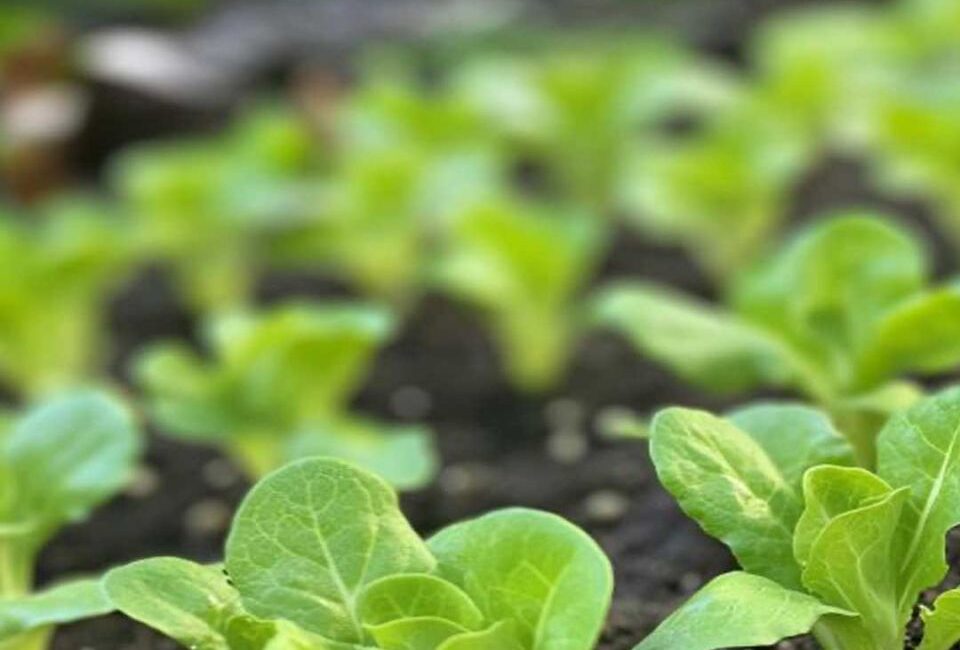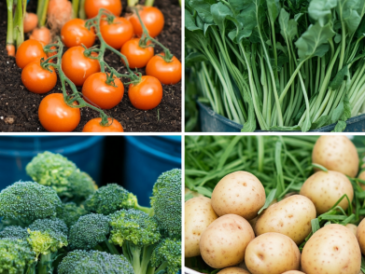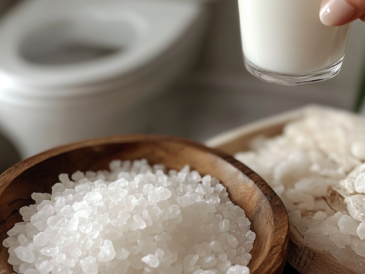Growing your own vegetables offers countless benefits, from fresher produce to cost savings. While many gardeners focus on spring and summer planting, fall gardening can be just as rewarding. Cooler temperatures, fewer pests, and consistent rainfall create ideal conditions for growing a variety of vegetables. By extending your growing season into the fall, you can enjoy fresh produce longer and make the most of your garden space.
In this guide, we’ll explore some of the best vegetables to plant in the fall, along with tips on how to ensure a successful harvest. Whether you’re a seasoned gardener or a beginner, fall gardening can be a fulfilling and productive endeavor.
The Advantages of Fall Gardening
Fall gardening presents several advantages over other seasons. The cooler temperatures mean less stress on plants, and the reduced number of pests makes it easier to maintain a healthy garden. Additionally, the more consistent rainfall in the fall reduces the need for frequent watering, making it a more sustainable and efficient gardening season.
Another benefit of fall gardening is the opportunity to grow vegetables that thrive in cooler weather. Many vegetables, such as leafy greens and root crops, prefer the cooler temperatures of fall and often develop better flavor when grown in these conditions. By focusing on these crops, you can continue harvesting fresh produce even as the days grow shorter.
10 Best Vegetables to Plant in the Fall
1. Radishes
Radishes are one of the quickest vegetables to mature, often ready to harvest in just 3 to 4 weeks. They thrive in cool soil, making them ideal for fall planting. With a variety of shapes, colors, and flavors, radishes are a versatile addition to any garden.
- Best Varieties for Fall:
- Cherry Belle: A classic round red radish with crisp white flesh.
- French Breakfast: An oblong radish with a mild flavor, perfect for fresh eating.
2. Spinach
Spinach is a cold-hardy leafy green that thrives in cooler temperatures. It can tolerate light frosts and even improves in flavor after a cold snap. Spinach is nutrient-dense, rich in iron, calcium, and vitamins A and C, making it a valuable crop for fall.
- Best Varieties for Fall:
- Bloomsdale Long Standing: Known for its deep green, savoyed leaves and slow bolting.
- Tyee: A semi-savoy type that is highly disease-resistant and performs well in cool conditions.
3. Peas
Peas prefer cool weather and are ideal for fall planting. As nitrogen-fixing plants, they improve soil fertility by adding nitrogen back into the soil, making them a beneficial crop for your garden.
- Best Varieties for Fall:
- Sugar Snap: A sweet, edible-pod pea that’s delicious raw or lightly cooked.
- Snow Peas: Flat, edible-pod peas often used in stir-fries and salads.
CONTINUE READING CLICK PAGE “2”




